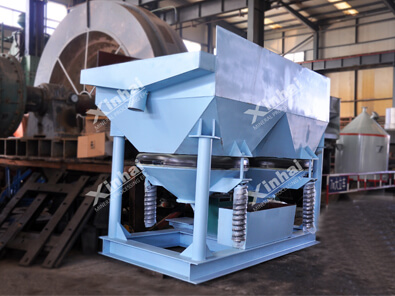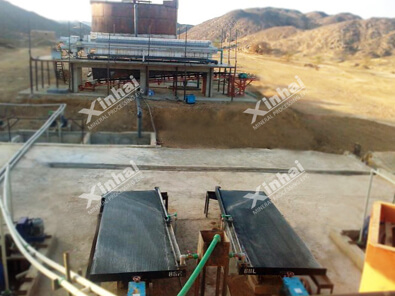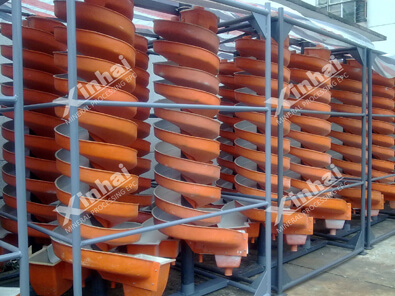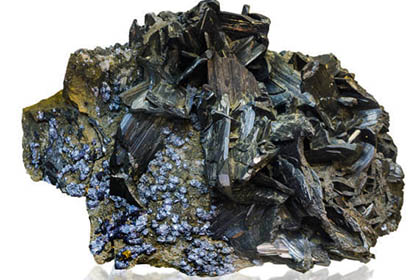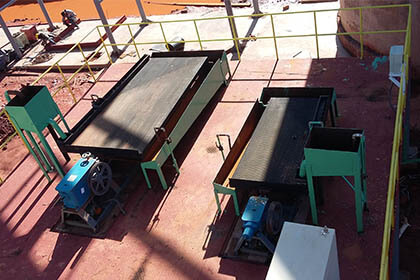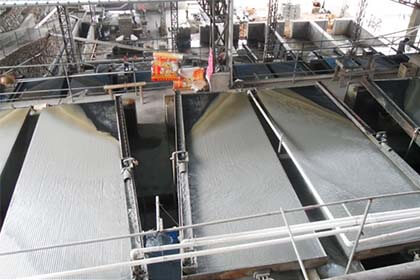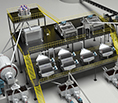Shaking Table vs Jigging: Which Is the Best Choice for Your Project?
 Laura
Laura
 Feb 06, 2025
Feb 06, 2025
 220
220
If you want to know more details about equipment, solutions, etc, please click the button below for free consultation, or leave your requirements!
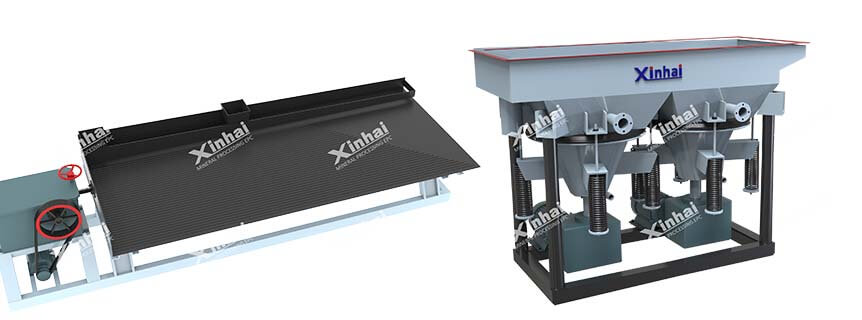
( Shaking table and jigging )
When it comes to mineral processing, selecting the right separation method is crucial for maximizing efficiency and profitability. Two popular techniques are shaking tables and jigging. This article will help you understand the differences between these methods and guide you in choosing the best option for your project.
01 What Is a Shaking Table?
BackA shaking table is a gravity separation device that uses a series of inclined surfaces to separate particles based on their density. It works by creating a shaking motion that allows heavier particles to settle while lighter ones are washed away. This method is highly effective for separating fine particles and is commonly used in gold, silver, and other precious metal recovery.
1). Advantages of Shaking Tables
High Recovery Rates: Shaking tables can achieve excellent recovery rates for fine particles.
Versatility: They can be used for a variety of minerals, including gold, tin, and tungsten.
Low Operating Costs: Once set up, the operational costs for shaking tables are relatively low.
2). Disadvantages of Shaking Tables
Space Requirements: Shaking tables need a significant amount of space for installation.
Sensitivity to Feed Size: They are less effective with larger particle sizes and may require pre-processing.
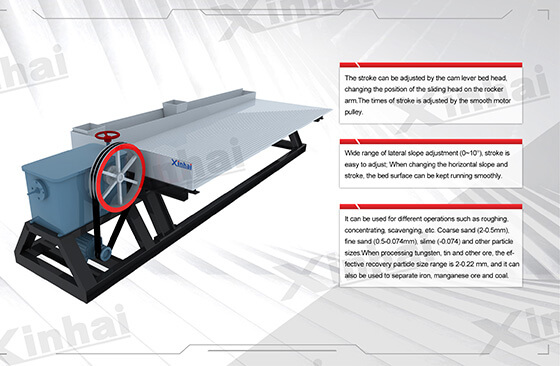
( Shaking table introduction )
02 What Is Jigging?
BackJigging is another gravity separation method that uses pulsating water to separate particles based on their density. In this process, a jigging machine creates a series of upward and downward movements in water, allowing heavier particles to settle while lighter ones remain suspended. Jigging is commonly used for minerals like coal, iron, and diamonds.
1). Advantages of Jigging
Effective for Coarse Particles: Jigging is particularly effective for larger particle sizes and can handle a wider range of materials.
Lower Space Requirements: Compared to shaking tables, jigs generally have a smaller footprint.
Simple Operation: Jigging machines are often easier to operate and maintain.
2). Disadvantages of Jigging
Lower Recovery Rates for Fine Particles: Jigging is not as effective for very fine particles, which can lead to lower recovery rates.
More Complex Equipment: Some jigging systems can be more complex and require additional maintenance.
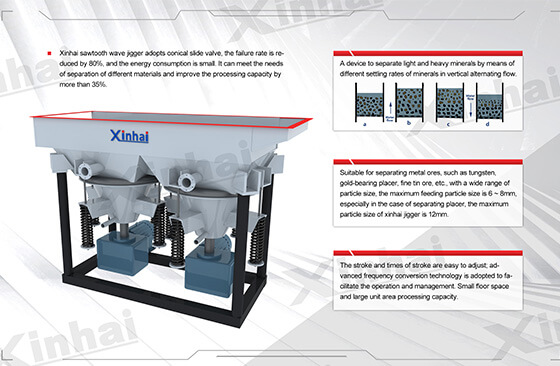
( Jigging introduction )
03 Key Differences Between Shaking Tables and Jigging
BackFeature | Shaking Table | Jigging |
Particle Size | Effective for fine particles | Effective for coarse particles |
Space Requirements | Requires more space | Requires less space |
Recovery Rate | High for fine particles | Generally lower for fine particles |
Ease of Operation | Moderate | Easier to operate |
Cost | Lower operational costs | May have higher initial costs |
04 Which Is the Best Choice for Your Project?
BackChoosing between a shaking table and jigging depends on several factors:
1). Type of Material
If you are processing fine materials, a shaking table may be the better choice. For coarser materials, jigging could be more effective.
2). Space Availability
Consider the physical space you have for installation. If space is limited, jigging may be a more suitable option.
3). Budget
Evaluate your budget for initial setup and ongoing operational costs. Shaking tables often have lower operational costs, while jigging systems may require a larger upfront investment.
4). Recovery Goals
Determine your recovery goals and the specific needs of your project. If maximizing recovery of fine particles is crucial, a shaking table might be the way to go.
05Conclusion
BackBoth shaking tables and jigging offer unique advantages and disadvantages for mineral processing. By understanding the differences between the two methods, you can make an informed decision that aligns with your project’s goals. Consider factors like particle size, space requirements, budget, and recovery objectives to determine the best choice for your processing needs.
If you're still unsure, consulting with industry experts can provide valuable insights tailored to your specific project. Making the right choice can significantly impact your efficiency and profitability in mineral processing.
 +86 18716000713
+86 18716000713 xlyin@xinhaimining.net
xlyin@xinhaimining.net



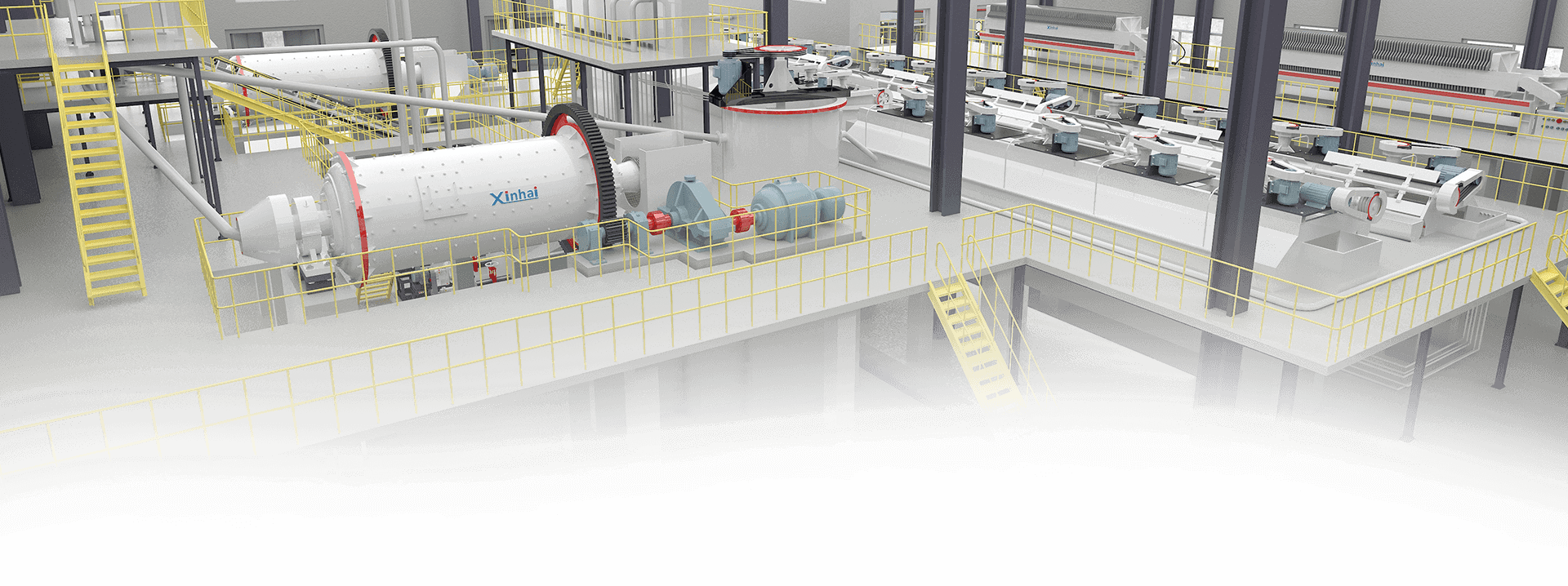
 Message
Message Chat Now
Chat Now


